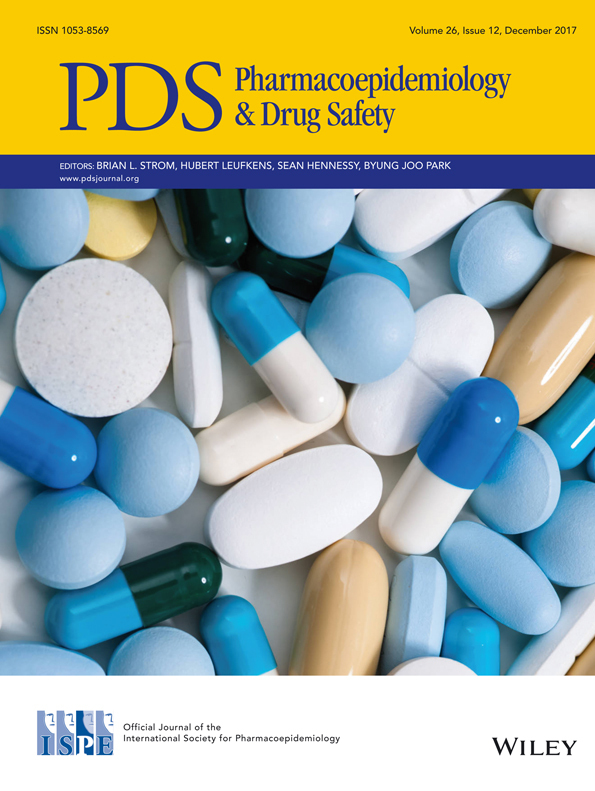Pattern of in-hospital changes in drug use in the older people from 2010 to 2016
Abstract
Purpose
To assess the pattern of in-hospital changes in drug use in older patients from 2010 to 2016.
Methods
People aged 65 years or more acutely hospitalized in those internal medicine and geriatric wards that did continuously participate to the REgistro POliterapie Società Italiana di Medicina Interna register from 2010 to 2016 were selected. Drugs use were categorized as 0 to 1 drug (very low drug use), 2 to 4 drugs (low drug use), 5 to 9 drugs (polypharmacy), and 10 or more drugs (excessive polypharmacy). To assess whether or not prevalence of patients in relation to drug use distribution changed overtime, adjusted prevalence ratios (PRs) was estimated with log-binomial regression models.
Results
Among 2120 patients recruited in 27 wards continuously participating to data collection, 1882 were discharged alive and included in this analysis. The proportion of patients with very low drug use (0-1 drug) at hospital discharge increased overtime, from 2.7% in 2010 to 9.2% in 2016. Results from a log-logistic adjusted model confirmed the increasing PR of these very low drug users overtime (particularly in 2014 vs 2012, PR 1.83 95% CI 1.14-2.95). Moreover, from 2010 to 2016, there was an increasing number of patients who, on polypharmacy at hospital admission, abandoned it at hospital discharge, switching to the very low drug use group.
Conclusion
This study shows that in internal medicine and geriatric wards continuously participating to the REgistro POliterapie Società Italiana di Medicina Interna register, the proportion of patients with a very low drug use at hospital discharge increased overtime, thus reducing the therapeutic burden in this at risk population.




